Some of the World's most poisonous and dangerous animals are also some of the most beautiful.
Let us show you some of our favourite species from the safety of your computer screen. Becausewith these deadly creatures it certainly is a question of look, but don't touch.
- Vive Le Blob: The amazing abilities of slime moulds
- The weirdest and rarest weather phenomena from around the world
- A shark with a heart wins Drone Photo Awards 2020
1
Golden Poison Dart Frog

While they look like they might be of a sunny disposition, this Golden Dart Frog sure isn't the easy-going friendly type. In fact, he's more of the 'touch me and you'll certainly die' type. Dwelling most commonly in the rainforests of the Pacific Coasts of Columbia, the poison lives in the skin glands of these frogs, and are only used for protection from predators, rather than to kill any prey.
If you were unfortunate enough to touch one, you would be hit by a generous dose of an alkaloid toxin, which would eventually stop you heart from beating. Even more terrifying, just one of these tiny frogs has enough toxins inside them to kill up to twenty people.
2
Blue-ringed Octopus

There are at least four types of Blue Ring Octopus, all of which are venomous and all of which feature these beautiful rings which can change colour when the octopus feels threatened. And when you are only 12- 20cm in length, that must happen all the time.
Like all species of octopus, they are able to change shape in order to fit through gaps, and spend most of their life hiding in coral reefs and tide pools. If you were to come across one though, we suggest you stay away or risk being bitten by one. In fact, most of the bites tend too be painless, and seeing as one Blue Ring Octopus has enough venom to kill 26 people it's probably best to leave (very) well alone.
3
Red Widow Spider
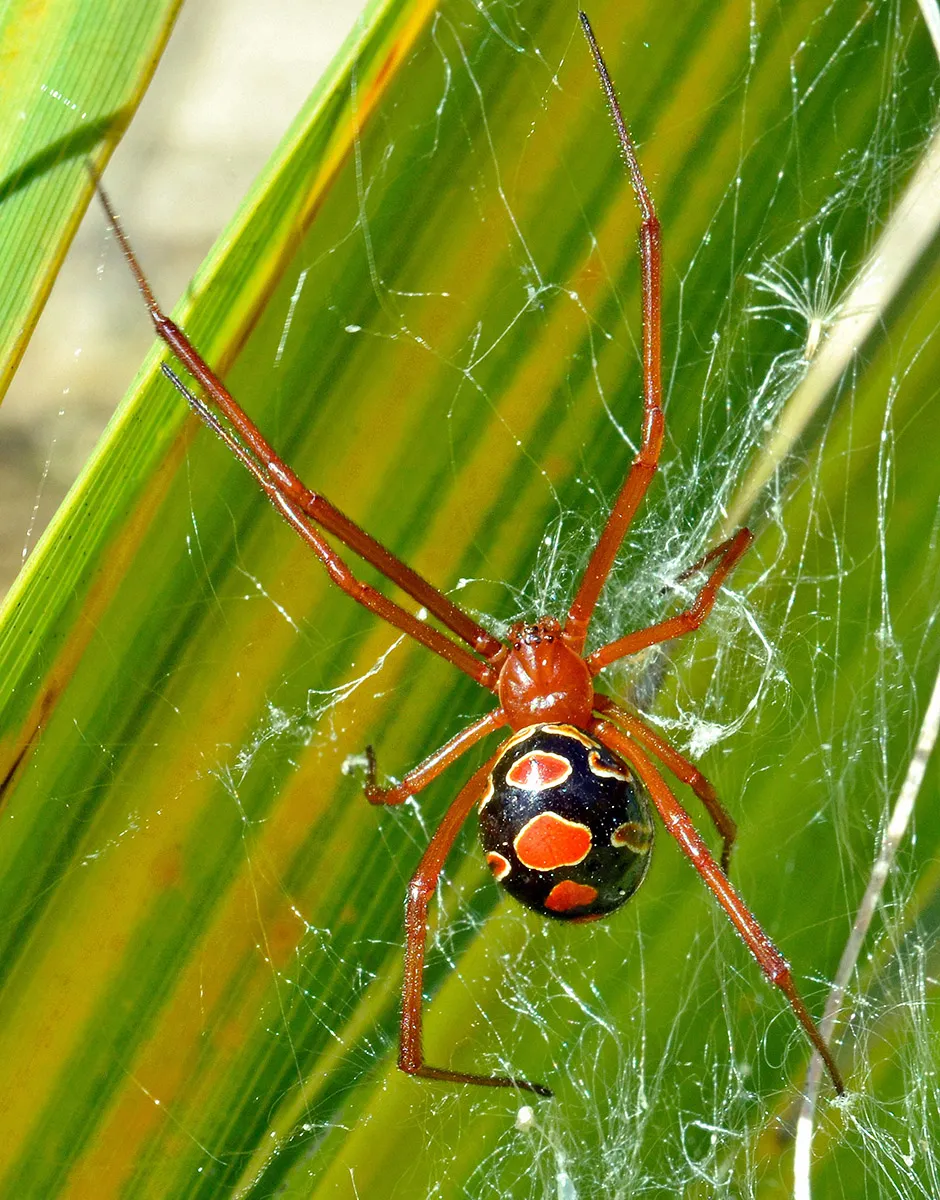
If you don't like the type of common house spiders you get over here in the UK, you will like these particular inhabitants of Florida even less. These red widows are in fact related to the black widow, and like its cousin is believed to be venomous, although it seems that danger to humans is very small.
The females tend to be twice the size of the males, and like to hide in inland sand dunes in central and southern Florida. So while they don't seem to pose much of a threat to us, it might still be worth having a look around if you plan on making a sandcastle on the beach just in case one of these took a wrong turn somewhere.
4
Common Tiger Snake
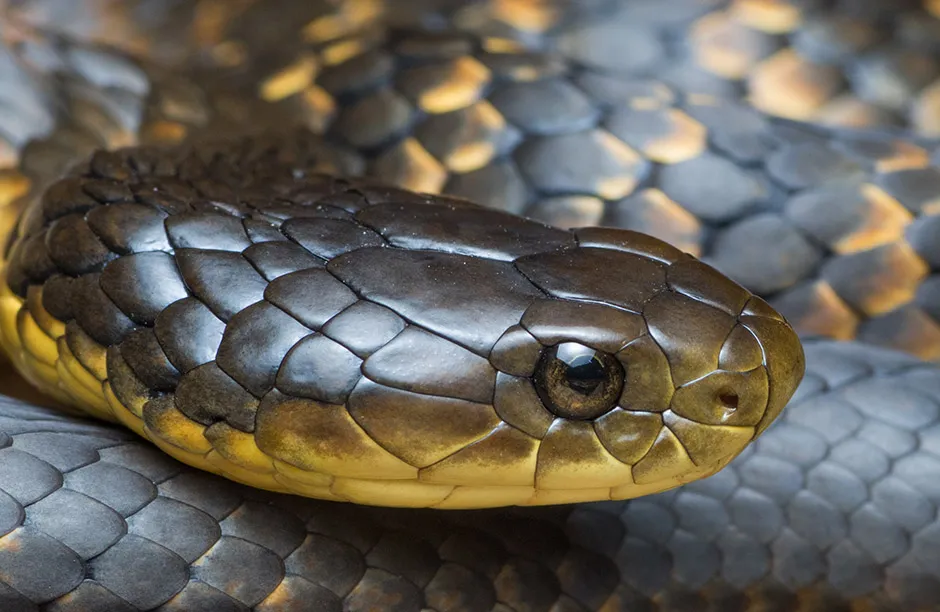
There is quite a selection of different species of tiger snake in Australia, but we think the Western Tiger Snake is one of the most striking. All of the tiger snake species live in Australia, and can change colour depending on the season. They use venom to hunt and kill prey, and can grow to around 2m in length.
While they are aggressive in nature and extremely venomous, they are quite shy and therefore are rarely seen. But if you do happen to see one, our advice is to run away very quickly.
5
Cone Snail
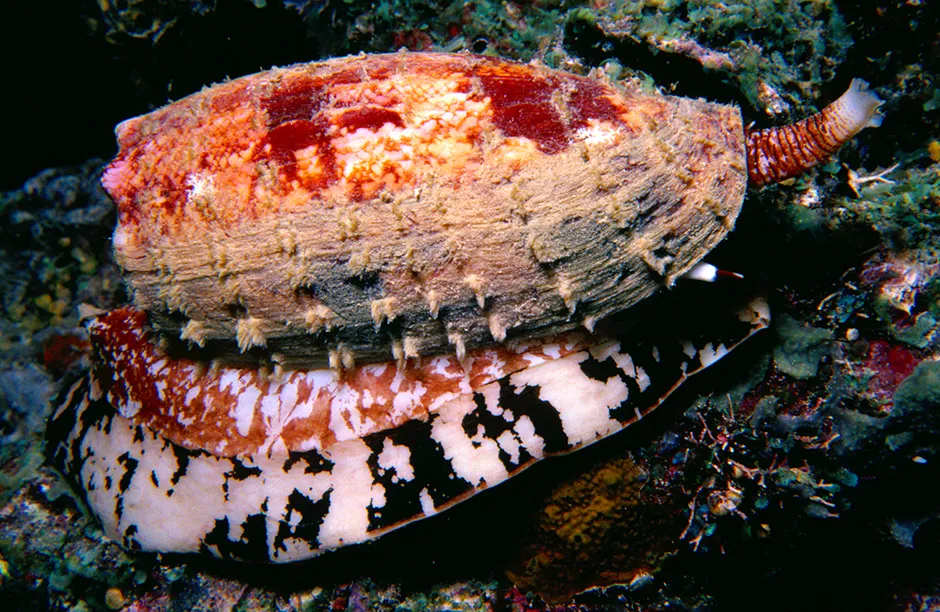
If you are fond of collecting pretty shells, then watch out for these guys.Usually cone snails use their powers of evil to kill small fish, but they are also capable of firing their own harpoon which is strong and powerful enough to penetrate wetsuits, and give you a nasty sting.
Most cone snails are harmless to humans, but some like the Conus geographusabove are a bit more deadly. A sting from one of these can have fatal results, even for a human.
6
Pufferfish
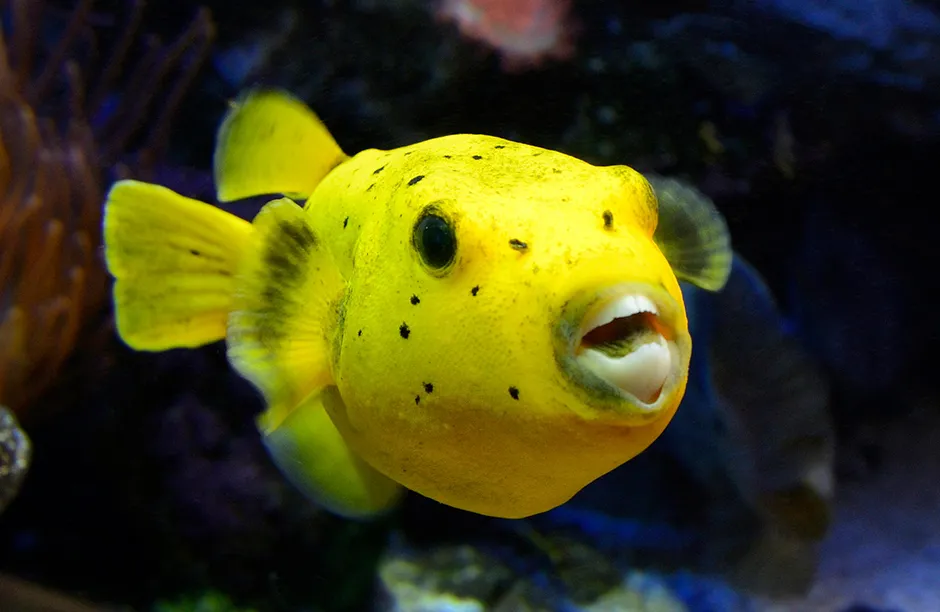
Almost all pufferfish contain tetrodotoxin, a neurotoxin that is very dangerous for humans (up to 1,200 times more poisonous than cyanide). There is enough toxin in one pufferfish to kill 30 adult humans.
So of course the natural thing to do would be to risk your life to eat a bit of them, right? As a delicacy in Japan (where it is known as fugu), even the most skilled and well-trained chef cannot guarantee eating it won't kill you. In fact, it was reported that in 1958, 176 people died eating it.
As there is no knownantidote, we recommend that you probably should not risk it for a biscuit.
7
Deathstalker Scorpion

The clue is very much in the name with this particular species. While these bright yellow scorpions may not be that deadly for human adults, the elderly and the very young are at risk if they were unfortunate enough to get bitten.
They aren't all bad though: Peptide chlorotoxin from their venom has shown promise in the treatment of brain tumours in humans, though with these grumpy little blighters you get the impression they wouldn't be very pleased at that news.
And Finally, one that isn't so pretty...
8
Mosquito
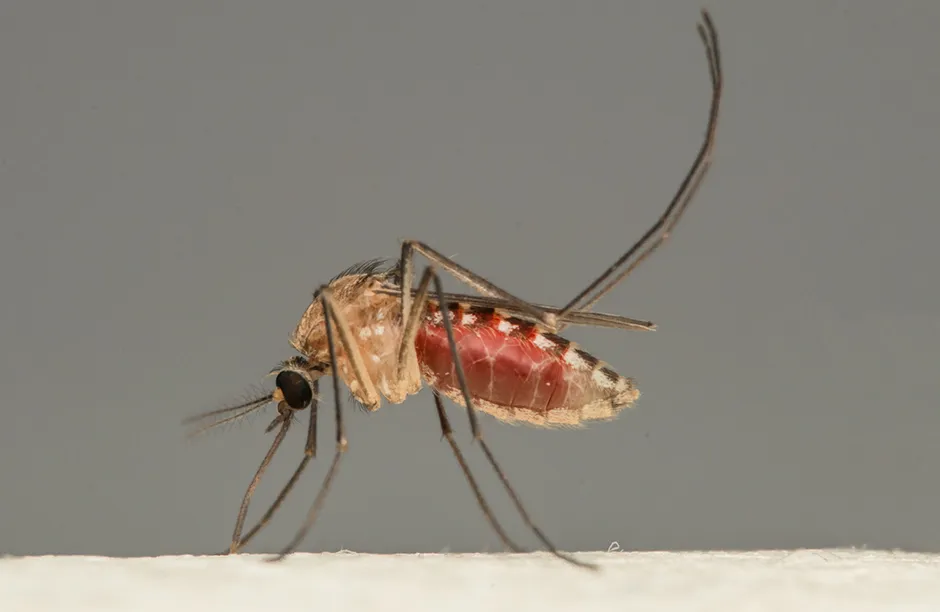
While there is no question that a mosquito is very dangerous - they can transmit malaria and other diseases which can kill up to 1 million people a year according to the World Health Organization But are they beautiful? Er, no not really.
With their bodies swelling with blood and their long mouthparts and spindly legs they are the definition of sinister and are always best avoided.